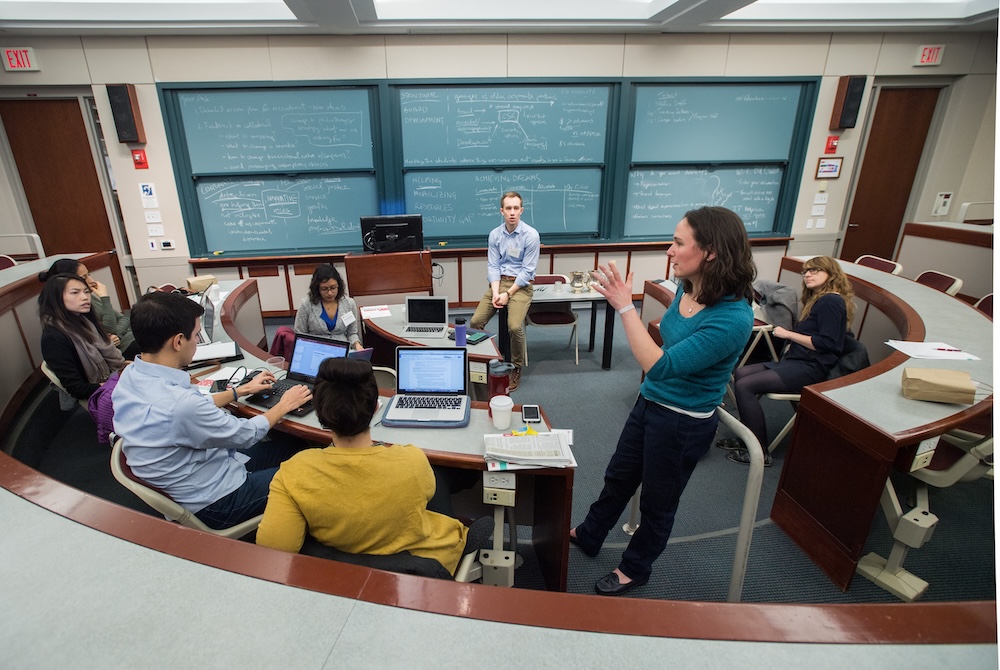Homework Question Tutor
Professor Kevin Gold employed a Socratic GPT-powered tutor that he architected for DS-110 to help with homework questions. The tutor is “Socratic” in the sense that it helped students find bugs in their programs, explain programming and computer science concepts, break down problems into more manageable steps, point students to examples from the lectures that are related to the concepts in the homework assignments, etc.
Results of the Tutor
Random Problem Generator
Gold also developed a GPT-powered random problem generator to help DS-110 students prepare for exams. The problem generator allows students to select any combination of topics for their practice problem, allows students to ask for a hint to get them started on solving the practice problem, allows them to ask for a solution, etc. The problems and solutions were constrained to only use material covered in the lecture and the student could specify what type of problem it generate (e.g., coding, fix a bug, true/false, multiple choice, …).
Outcomes
EduBotics — An Open-source AI Tutor
Professor Tom Gardos and students have been developing a platform called “EduBotics” which is an open-source Socratic AI Tutor with the intention that any faculty could easily retarget and deploy for their own course. The platform has abilities to ingest a course website and associated collateral (syllabus, lecture notes, homework assignments, etc.) and create a document store for retrieval augmentation of queries – so-called Retrieval Augmented Generation or RAG.
More Information
A Scaffolded Approach to Learning FEA Implementation: Code as Textbook, LLMs as Tutor
Created by Emma Lejeune. Modern finite element analysis (FEA) software—both commercial and open source—can achieve impressive results while abstracting away much of the underlying complexity. While this is a strength from an implementation standpoint, it also means that users can begin mapping inputs to outputs without understanding how the software actually works. Developing this understanding, however, is valuable: it satisfies curiosity, makes it easier to interpret errors (eg, why a solver fails to converge), and equips learners to contribute to future advancements.
Read More
ME304: Energy & Thermodynamics
Last semester Sean Lubner explicitly allowed all students in ME304 — Energy & Thermodynamics to use genAI on take-home assignments (e.g. homework) if they wanted to, and instructed them on how to use it as a learning tool. This was part of an excitingly successful experiment in providing homework solutions with the homework and grading based on effort and required “reflection” statements conveying student comprehension.
He got strong and unanimous positive feedback from students, and saw no decline in exam scores, which are closed notes and pen & paper (there was actually a statistically insignificant improvement) indicating strong learning.
Example Good HW Submission[19]
Designing a Stuttering Chatbot: A speech-language pathologist’s exploration of AI for clinical teaching
In her first two years as a clinical lecturer, Caroline Brinkert turned to AI with curiosity as she attempted to find and define her teaching philosophy. Drawing on her clinical background as a speech-language pathologist, she designed AI-based simulations—including a custom chatbot that stuttered—to help graduate students practice counseling skills in realistic, emotionally charged scenarios. This reflection explores how embracing generative AI transformed her novice teaching practice and established her identity as an educator. Rather than replacing the human elements of teaching, AI helped reveal them—offering space for risk and resulting in growth.
View Brinkert’s paper here.

